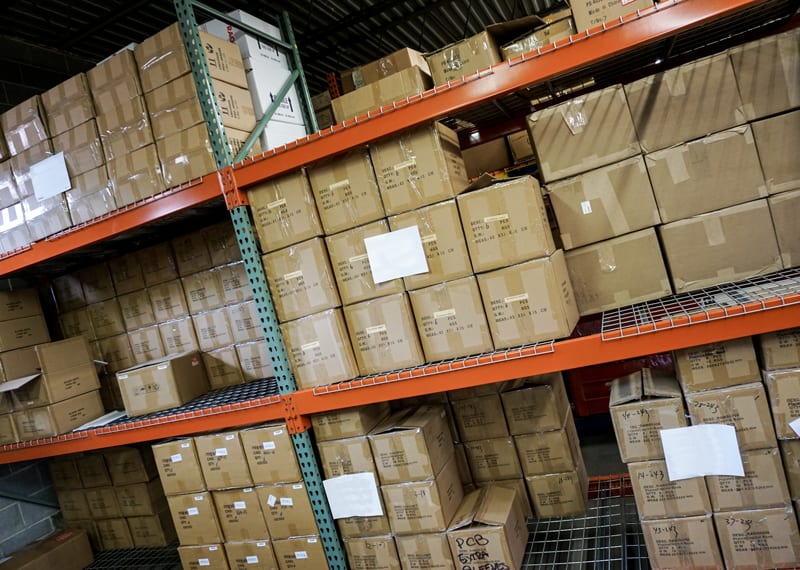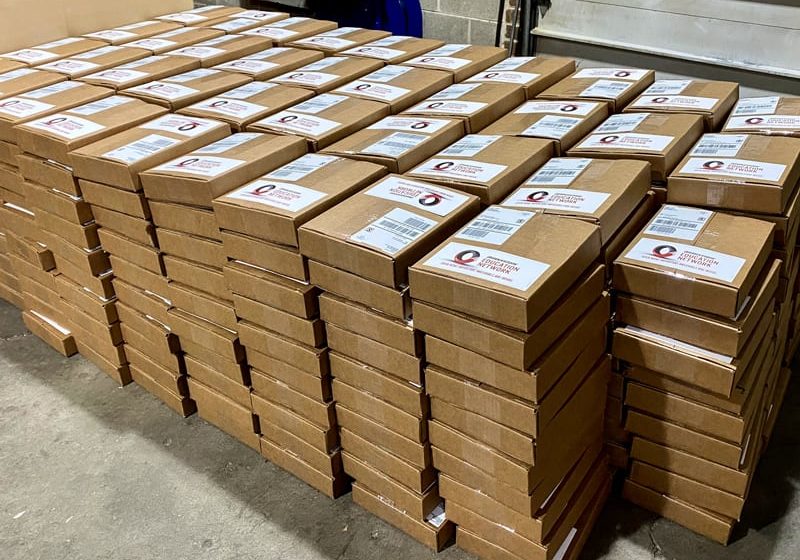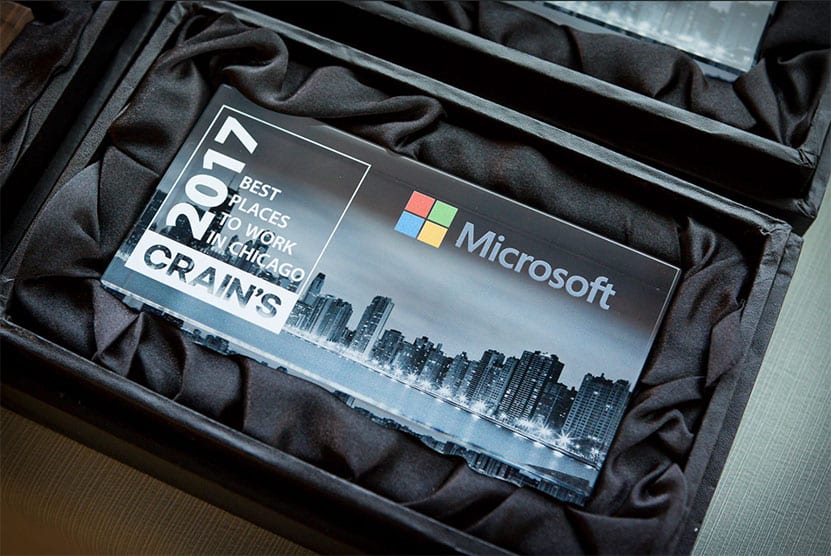Top 5 Strategies to Ensure a Successful Drop Shipping Program
Although digital events have changed shipment norms, drop shipping has always been a popular solution that the recognition industry provides. To ensure a successful drop shipping program, seek out an in-house logistics department. This will take the heavy responsibility of individual recipient shipments off your hands.
It has become more common for recognition programs to defer to these types of shipments. Drop shipping mitigates the disconnect that comes from the lack of in-person recognition. When a recipient receives their recognition directly to their doorstep during a digital ceremony, it creates a high touch experience that mirrors in-person connectivity.
Since we know how important it has become to use drop shipping, we have come up with the top 5 strategies for program managers to implement to ensure successful and foolproof drop shipping programs.
1. Discuss Onboarding Need-to-Know Items with Vendor
As the most important strategy to the effectiveness of your drop ship program, our first step hits most of the necessary components to set yourself up for success. All the information you provide to your recognition vendor during the onboarding will be your golden ticket. Any information changes after onboarding will be difficult to implement.
To ensure you are discussing all the necessary information during the initial stages, use the following as a checklist:
- Establish locations for all drop shipments. This way, you will be able to identify shipping costs that associate with each type of shipment. Yes, there are additional costs to drop shipments – don’t be fooled if you’ve been told otherwise! Each drop shipment will experience handling costs because of the excess of packaging, and in turn, these costs will be added to your overall shipping fee.
- Identify shipments based on international vs. domestic. If there are international shipments, specific tax ID numbers and/or phone numbers may need to be provided.
- Find out if your vendor has data encryption and other high security measures in place to protect your information.
- Provide a fulfillment schedule – and make sure that it is up to date.
- Notify the recognition vendor of any kitting insertion requests. Will they be generic or personalized? While you may want insertions to be included, not all recognition vendors perform this service in-house. If you have a particular vendor that you will be working with on insertions, make sure you connect your recognition team with the proper contact so that standards and procedures are consistent.
2. Access Templates and Review Data
After you have walked through all the onboarding steps, you can start to ease into the process of templates and data. If you’re unsure if your recognition vendor will share a personalization template or not, do not hesitate to ask. Not all recognition vendors have the same standards and etiquette, so it is common to miss a few steps when switching to a different vendor.
Make sure that your data is accurate and that the addresses are ready for approval during this stage. If addresses are not managed properly, it is likely that they will get flagged down the road, but this is not guaranteed.

3. Finalize Addresses
Once addresses are uploaded to the system, they are usually vetted and flagged when necessary. It is common for an address to be flagged with international shipments that do not contain all of the proper details like phone numbers or tax ID numbers.
Most likely a representative will reach out if any address details are flagged for errors. Not all recognition vendors do drop shipments in-house like Cristaux. Make sure to keep tabs on your order before the vendor finalizes the shipment. Make sure to check in with the shipping department to be notified of any issues in address information.
4. Receive Order Shipment Confirmations
We understand that different departments cover different tasks. It is beneficial to be mindful of vendors who are willing to work with different departments. For example, if your HR department will be the contact for email address details, or the marketing department will approve all insertions, it is important to find a vendor that is comfortable with cross department communication.
After addresses and additional detail information is provided to your vendor, you can expect to receive confirmations of all orders that are shipping out. If you have a diligent recognition vendor, you will also receive notifications of tracking and estimated time of arrival.
To take it one step further, it is important to inquire how the recipients will be notified of their shipments. If these can be automated, this will eliminate the need for you to send a personalized message directly to each recipient. Instead, the automated tracking confirmations will be sent directly to them.
5. Expect Further Customer Service and Reconciliation
After all is said and done, you can expect an expert recognition vendor to further their customer service. Whether that be a breakdown of itemized costs, or proper and accurate billing for any special requests or needs, customer service must continue on.
Find out how your vendor will provide the billing in a conducive and productive way. Instead of having a dozen invoices that you must go fishing for in your email inbox, find a recognition vendor that will provide all that detailed information in one spot.
To tie a bow on your successful drop shipping program, find a vendor that will export your data in a comprehensive way so that all of your stakeholders are satisfied.




